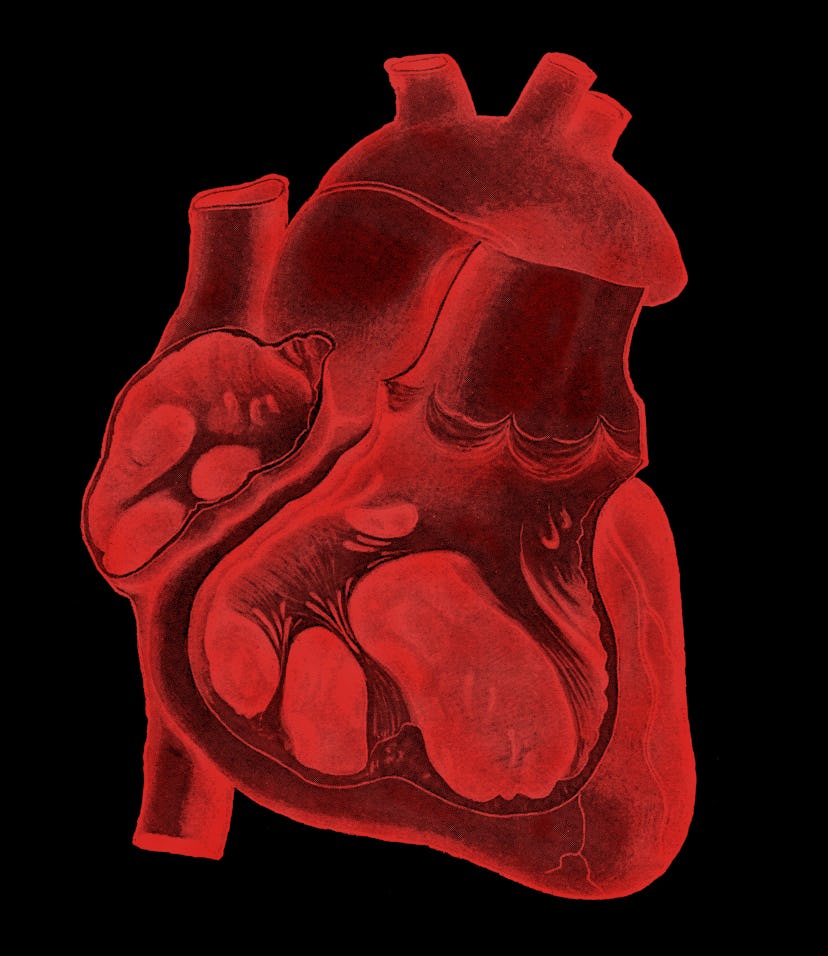Design
These arteries were knitted out of synthetic fiber and collagen
Biological yarn that could save lives.

Scientists from North Carolina State University and Case Western Reserve University have created a hybrid yarn that could help cardiac patients with damaged or broken coronary arteries heal faster.
It's a proof-of-concept research project that's imperfect but promising. The scientists were able to combine collagen as one string or strand of the synthetic yarn, with a synthetic fiber (polylactic acid) as the other. When combined, these two materials can be used to create an artery substitute that acts as a scaffold while the patient heals and which — even more impressively — has the ability to degrade within the human body without causing harm.
According to the scientists, this hybrid yarn facilitates healing by amplifying cell adhesion by 10 and it also increases cell population 3.2 times faster than just plain synthetic yarn. The author of the study, Fan Zhang, said, "There is a need to find an alternative solution for this kind of patient. That’s why we’re looking to use tissue-engineered vascular grafts." Think of it as a temporary healing agent that helps encourage better repairing abilities in ailing patients.
The good news — In conventional surgical procedures, physicians will normally use the arteries present in the legs of heart attack patients. It's an invasive procedure and there are times when some patients don't even have viable vessels for an implant. With the help of this hybrid yarn, patients may have a chance to repair their damaged or broken arteries through this part collagen, part synthetic fiber scaffolding.
According to researchers, it expands and contracts like a human artery and, as senior author Martin King explained, it "will allow the patient to heal, and use this construct to heal and function as a coronary artery." Eventually, the hybrid yarn will undergo its own degradation and become part of the body naturally. This is thanks to the lactic acid in the synthetic fiber, which the human body already has.
The not-so-good news — The structural integrity of the yarn is an issue. At this moment, it has too many pores, which could cause the patient's blood to leak through it.
Still, scientists are optimistic about the yarn's medical prospects and are working to improve it. "With its excellent mechanical and biological performance, " the study reads, "this prototype hybrid scaffold is a promising candidate for the construction of a clinically successful and easily translatable tissue-engineered small-caliber vascular graft." In other words, they're not giving up yet.